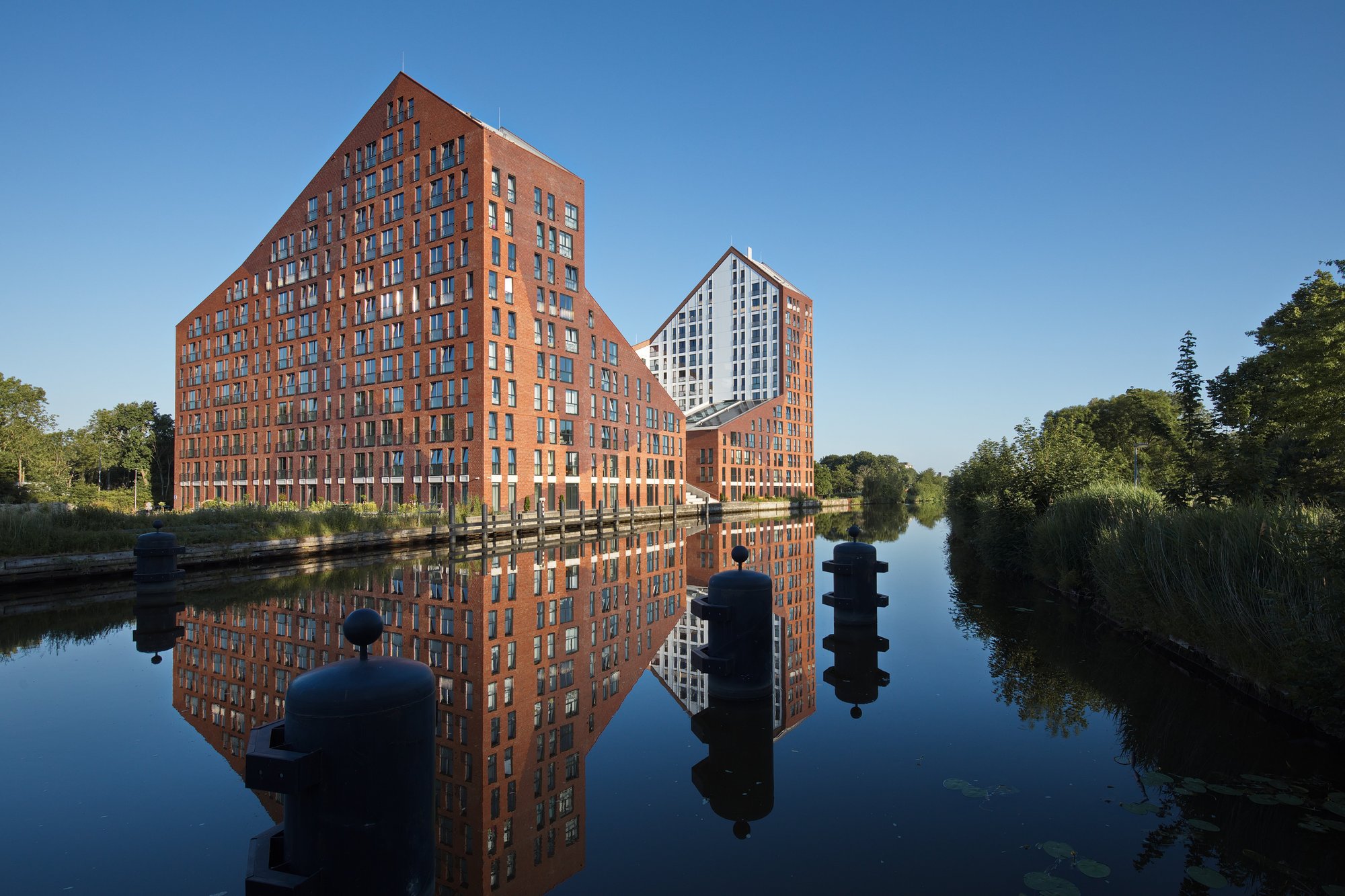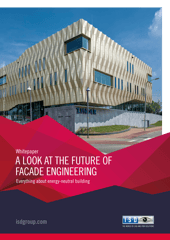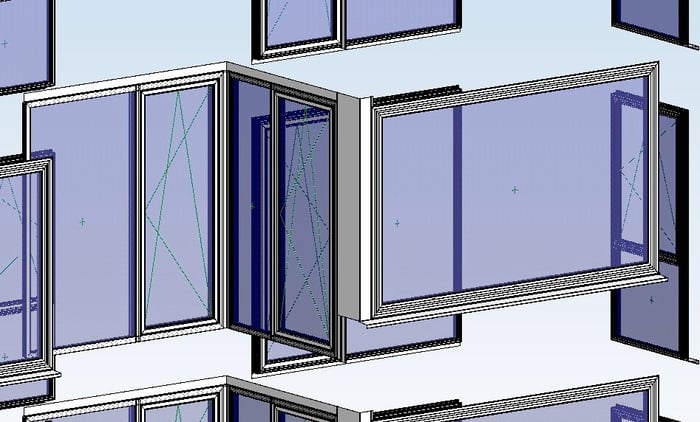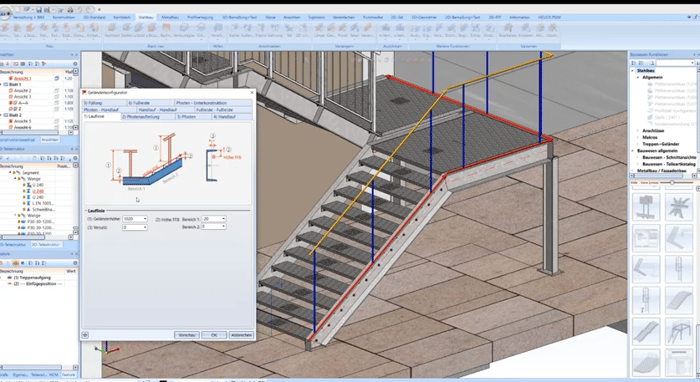
The construction industry is constantly changing, so is the facade industry as well. One important development is the increased demand for sustainable facades, partly prompted by changing legislation. A recent example of this is NZEB. In this blog you can read what NZEB means and what it means for the facade industry.
Sustainability is booming. In addition, as of 1 January 2021, it will be mandatory by law to build nearly zero energy buildings. This is laid down in the so-called NZEB requirements. Requirements that apply to both residential and non-residential construction. NZEB replaces the Energy Performance Coefficient (EPC). The NZEB requirements consist of three different indicators that new buildings must meet from 2021 onwards. The requirements differ for each type of building. A building must meet all the requirements to qualify for NZEB.
NZEB 1 relates to the maximum energy consumption in kWh per m2 of usable floor area per year for the heating and cooling of a building.
You may be wondering what this means for the facade industry. The NZEB requirements, and in particular the NZEB 1 indicator, call for facades that better insulate buildings. In winter, facades must keep the heat in as much as possible, while in summer the heat must be able to escape. Limiting thermal bridges and a high R-value have therefore become even more important.
Smart software such as WINISO® helps you to calculate where heat escapes. In addition, the following innovations can be used by facade engineers to further reduce the maximum energy requirement according to NZEB 1. HiCAD, the 2D CAD and 3D CAD software for facade engineering, automatically links up with WINISO® to test these and other sustainability values quickly and easily.
The trends and developments for the facade industry will follow in rapid succession in 2021. In our inspiration guide 'A look at the future of the facade industry', you can read more about NZEB and other trends and developments in the facade industry. You will also find more information on the importance of smart CAD software to be ready for the future.
Fotografie%20Mike%20Rikken_Nijverdal_Bedrijfsfotograaf_ISD%20Benelux_HR-2368%20copyBEW_.jpg)



